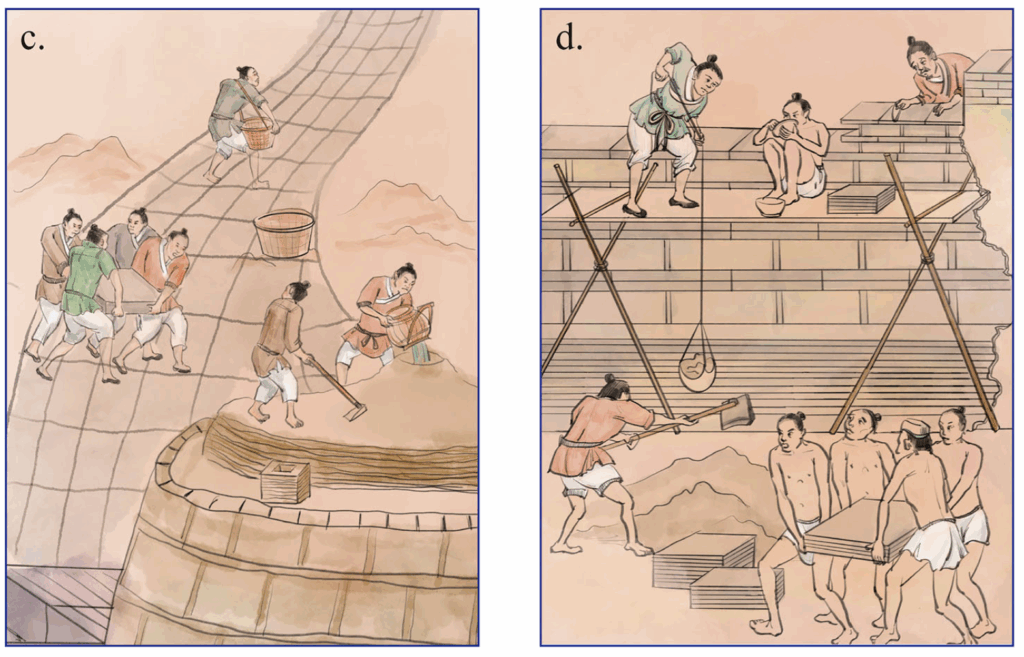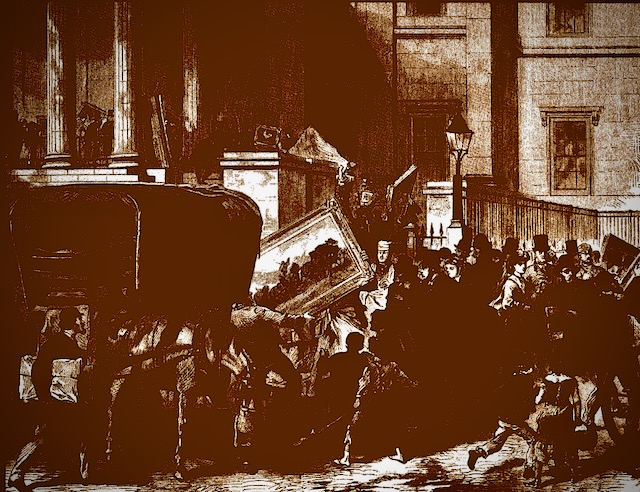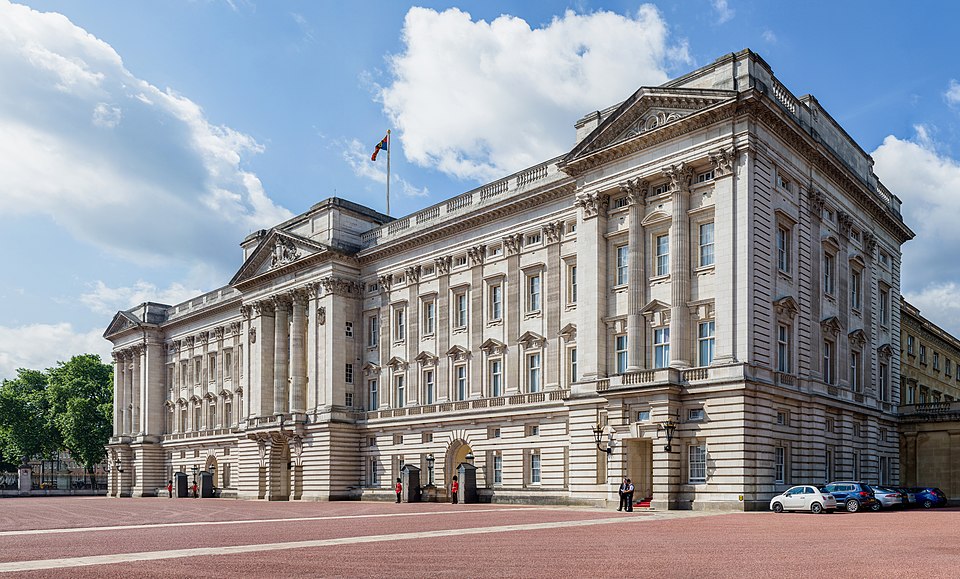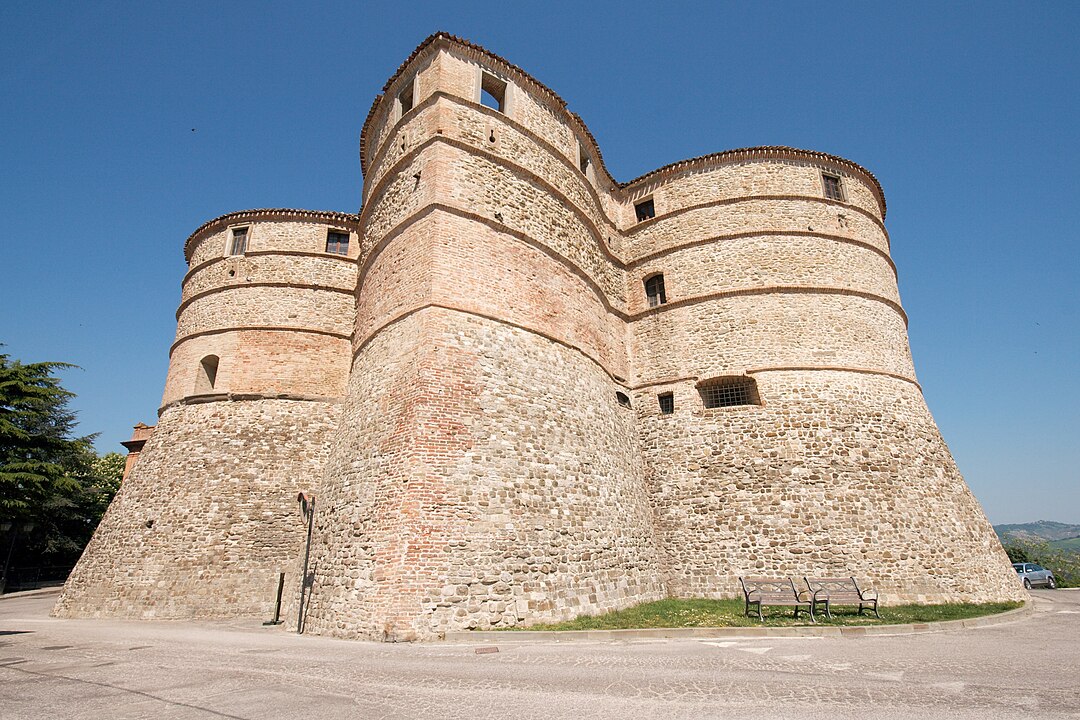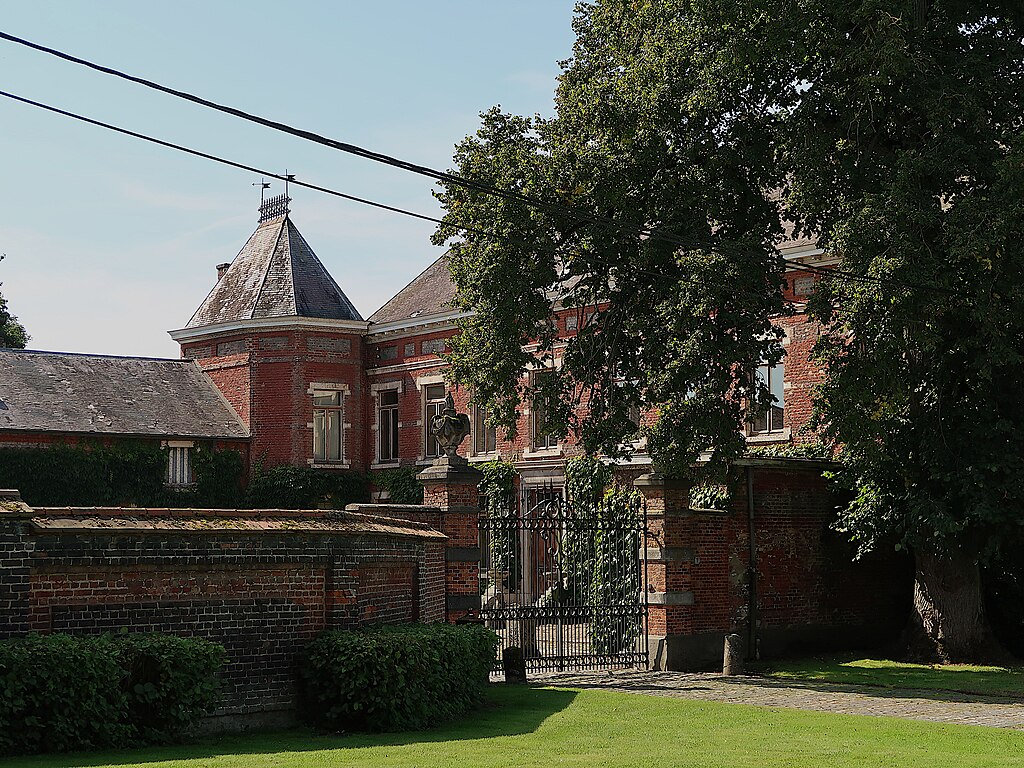Fire Effects on Archaic Materials and Archeology Sites
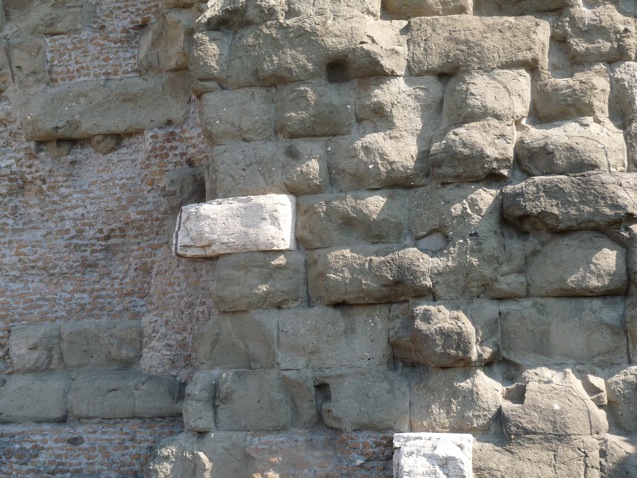
As specialists know, one of the main problems in applying fire safety engineering to cultural heritage is the lack of data about the behavior of artifacts and materials used in historic buildings to fire. Such problem concerns also the effect of extinguishing agents to the same materials.
U.S Department of the Interior – Bureau of Land Department, has published on its website (http://www.blm.gov) a page dedicated to the behaviour of historic materials to fire. The study (Bare Bones Guide to Fire Effects on Cultural Resources For Cultural Resource Specialists), by Ms Kate Winthrop, synthesizes some of the technical information available on the effects of fire on cultural resources. In particular, much of the data published is from drafts of articles for a publication to be released under the USFS Rocky Mountain Research Station “Rainbow” series.
This document provides a brief synthesis of technical information regarding the effects of fire on cultural resources. It aims to assist cultural resource specialists in contributing to fire management planning, compliance for prescribed fire projects, and participation in wildland fire use or wildfire events. The information is based on ongoing research, with a key publication released in 2014 under the USFS Rocky Mountain Research Station’s “Rainbow” series. While acknowledging the existing knowledge gaps, the document highlights the considerable progress made in understanding fire effects on cultural resources.
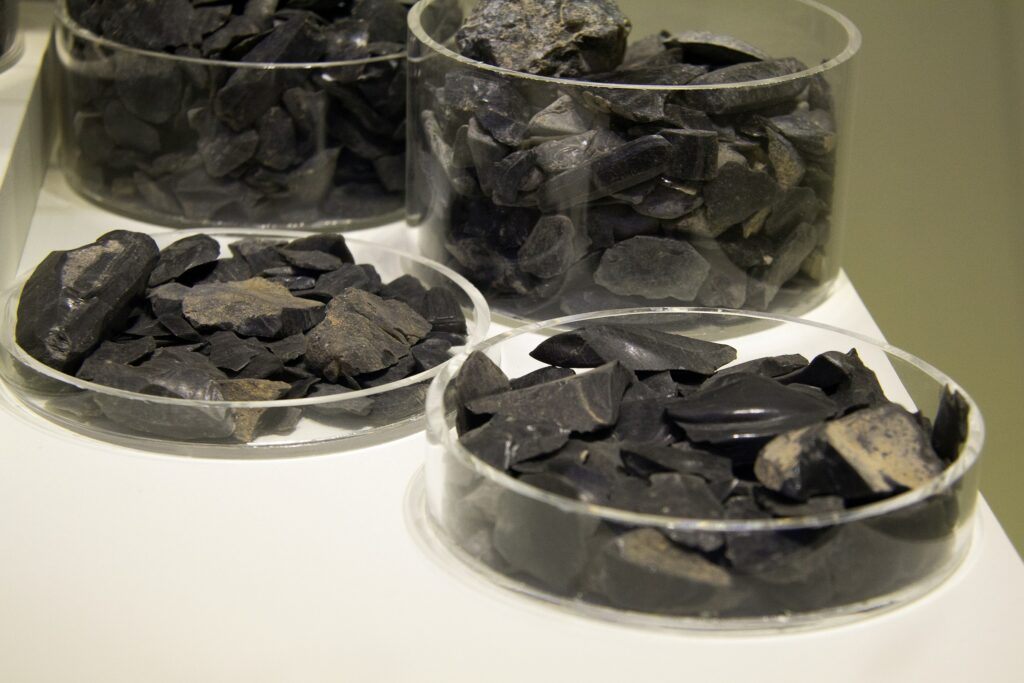
The guide emphasizes that the impact of fire on cultural resources is context-dependent, influenced by variables such as the landscape and the type of archaeological materials involved. Different environments, such as grasslands versus forests, may produce varied effects on cultural materials. The document provides technical insights for cultural resource specialists to develop locally and regionally appropriate strategies for safeguarding cultural resources in the face of fire.
The main topics of the document are:
- Fire Effects on Lithics
- Fire Effects on Ceramics
- Fire Effects on Organic Materials
- Fire Effects on Historic Materials
- Fire Effects on Inorganic Architectural Materials
- Fire Effects on Rock Art
- Effects of Fire Suppression on Cultural Resources
- Effects of Fire on Archaeological Sites
- Protection Protocols
